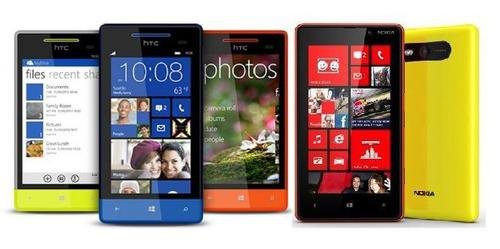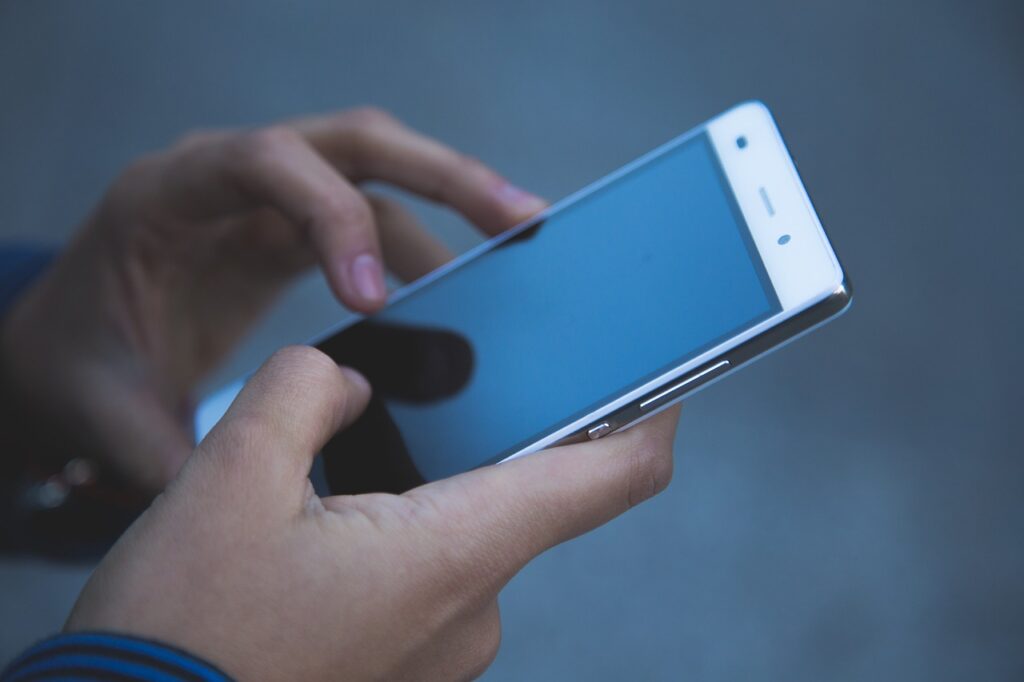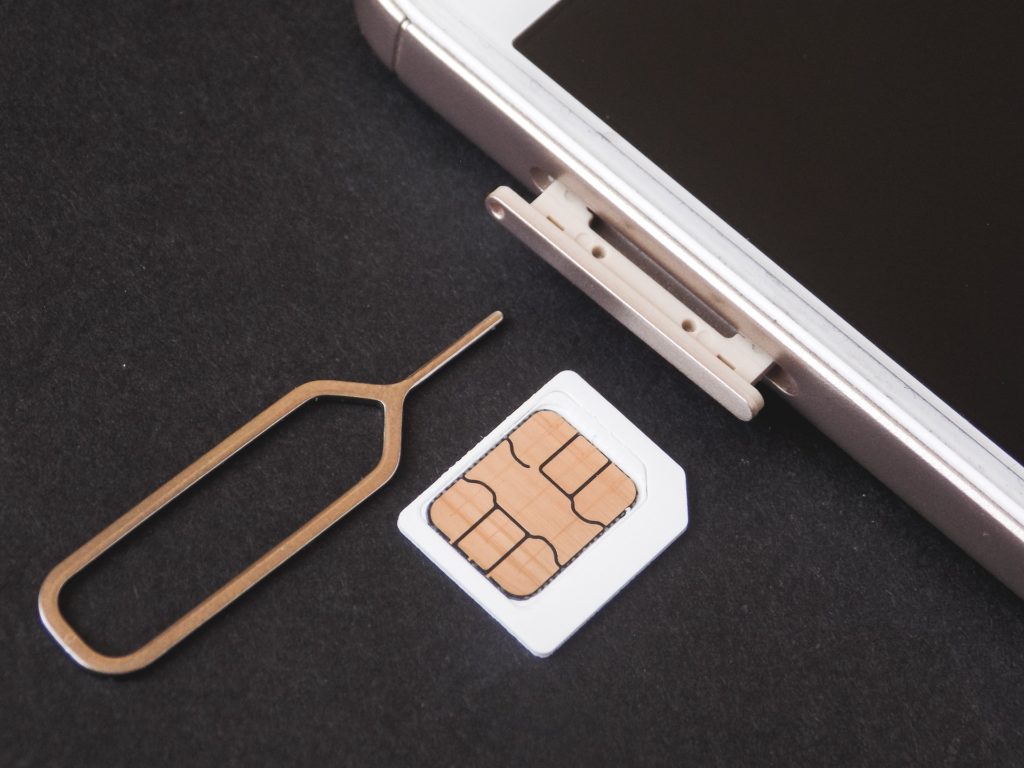30 Days with Windows Phone 8.1: Day 2
As the name implies, the 30 Days with Windows Phone 8.1 series is focused on the Windows Phone platform itself rather than on any specific device. It’s true that the series is about the features and capabilities of Windows Phone 8.1, but to some extent the experience you have with Windows Phone 8.1 is also a function of the smartphone you choose.
There is more diversity for Windows Phone smartphone options than for iOS smartphones, but far fewer choices than you’d find for Android, and your options may be even more limited depending on your wireless provider. Verizon offers five Windows Phone smartphone, produced by only three vendors—two from Nokia, two from HTC, and one from Samsung. AT&T, on the other hand, has three smartphones to choose from—all of which are from Nokia.
In case you missed it, Microsoft acquired Nokia. That means Microsoft owns the experience from end-to-end, similar to the way Apple controls the iOS platform, and the iPhone hardware. It gives Microsoft the ability to ensure the smartphone hardware is designed to take advantage of the unique features and capabilities of the Windows Phone platform it has developed.
That doesn’t mean the other manufacturers aren’t also making quality products. Back in the Windows Mobile days—before the iPhone, and before Microsoft went back to the drawing board and created the Windows Phone platform—some of the best smartphone available were built by HTC. HTC has had its ups and downs, but it seems to be rebounding nicely, and the HTC One M8 for Windows smartphone seems to be an excellent device at first glance.
So, you do have some options in terms of price, size, and capabilities among the Windows Phone 8.1 smartphones, but not much. Microsoft enforces certain guidelines and minimum requirements, though, for the smartphone hardware, so no matter which device you choose your Windows Phone 8.1 experience should be very similar.
The device I am using for the 30 Days with Windows Phone 8.1 series is what I would consider to be the flagship smartphone for the platform right now—the Nokia Lumia Icon. It has a 5-inch 1080p display, top-of-the-line quad-core Snapdragon processor, 2GB of RAM, and 32GB of storage. It is a solid, quality, well-engineered device that also includes a 20-megapixel PureView camera.
For those who might be interested in a Nokia Lumia Icon, it is a Verizon exclusive. It costs $500 outright, or you can get it for $25 per month on a Verizon EDGE plan, or for free with a two-year contract.
Day 1: 30 Days with Windows Phone 8.1
- How Orca Security is Redefining Cloud Protection Through Context and Coverage - November 14, 2025
- Litter-Robot 4 Review - November 8, 2025
- From Alert Fatigue to Cyber Resilience: Rethinking the Future of the SOC with AI - November 7, 2025



